The true power of semaphore is :
Limits the number of threads that can access a resource or pool of resources concurrently
That is understood and clear.
But I never got a chance to play with the overload of Wait which accepts a timeout integer, however - this seems to allow multiple threads get into the critical section although I've explicitly set semaphore not to allow more than one thread at a time:
private readonly SemaphoreSlim _mutex = new SemaphoreSlim(1);
private void Main()
{
Task.Run(() => DelayAndIncrementAsync());
Task.Run(() => DelayAndIncrementAsync());
}
private void DelayAndIncrementAsync()
{
_mutex.Wait(2000);
try
{
Console.WriteLine(0);
Thread.Sleep(TimeSpan.FromSeconds(5));
Console.WriteLine(1);
}
finally
{
_mutex.Release();
}
}
The first thread is entering the mutex zone, prints "0", waits 5 seconds, meanwhile after 2 seconds the other thread ALSO enters the critical section?
Question
Isn't it defeating the whole purpose of semaphore?
What are the real life scenarios which I would use this timeout, especially when the basic rule is -
"Semaphore = Limits the number of threads that can access a resource or pool of resources concurrently
